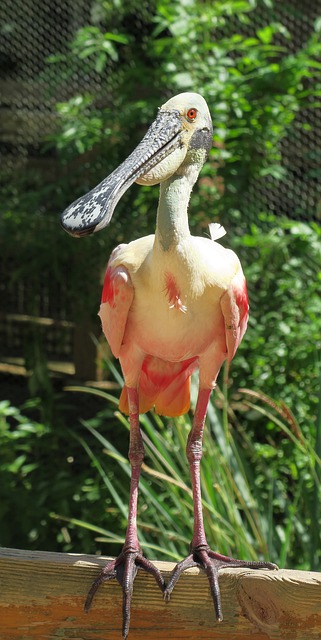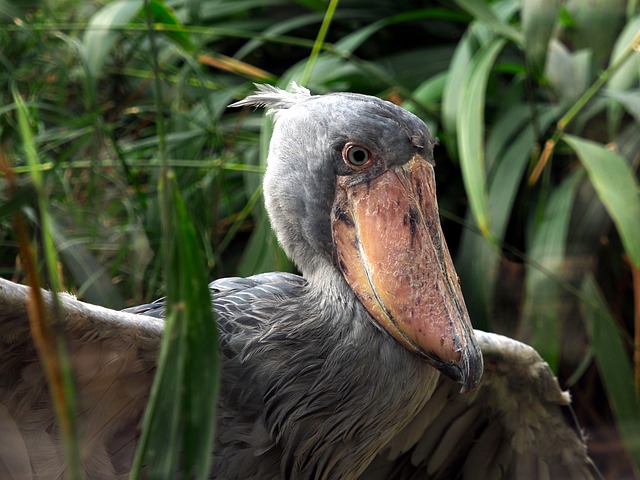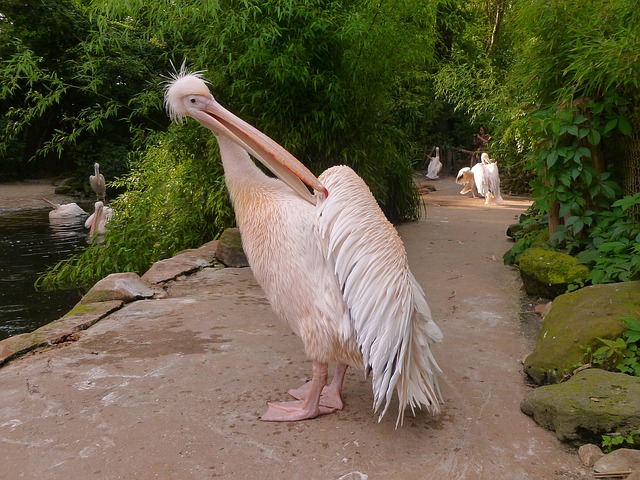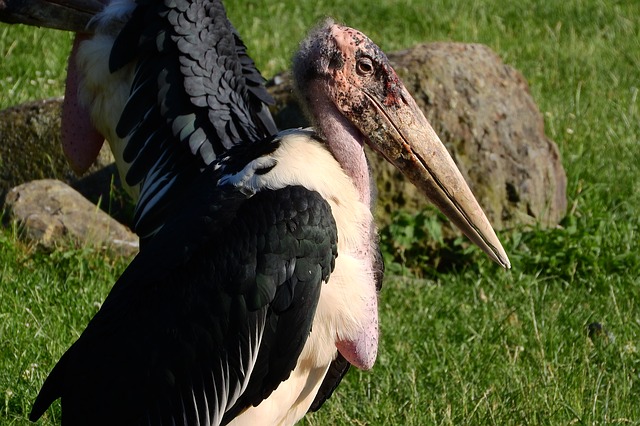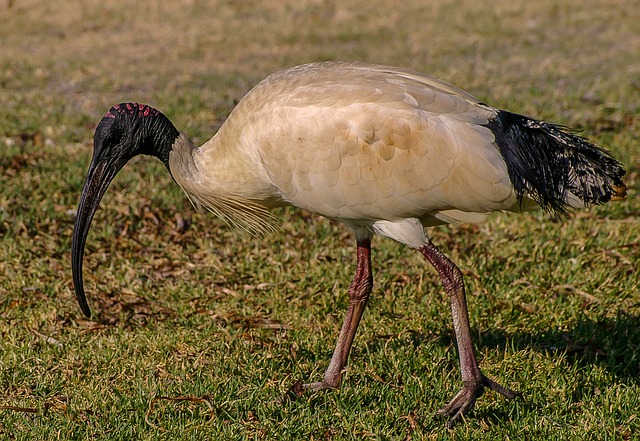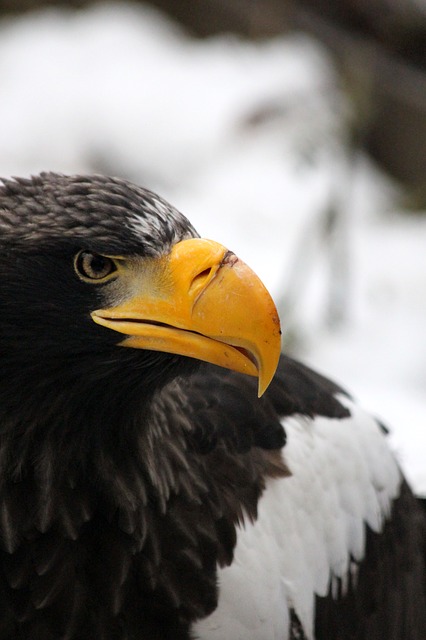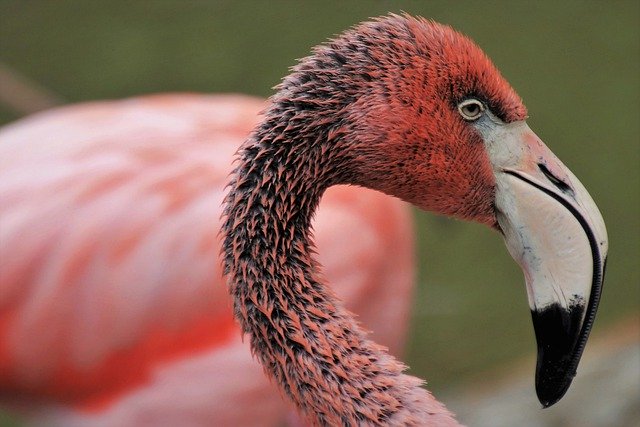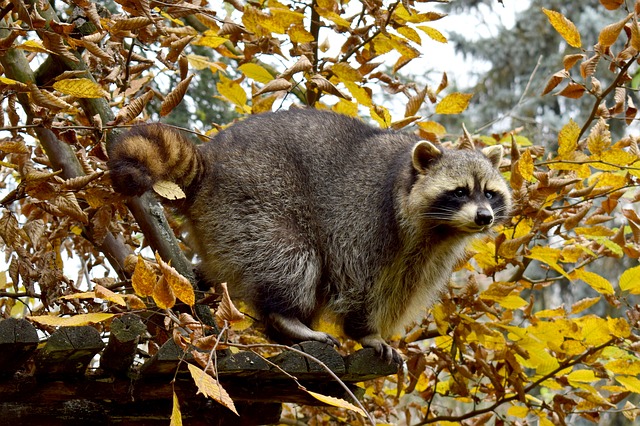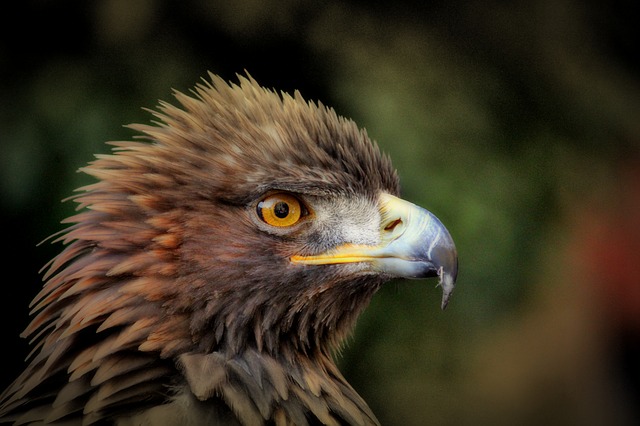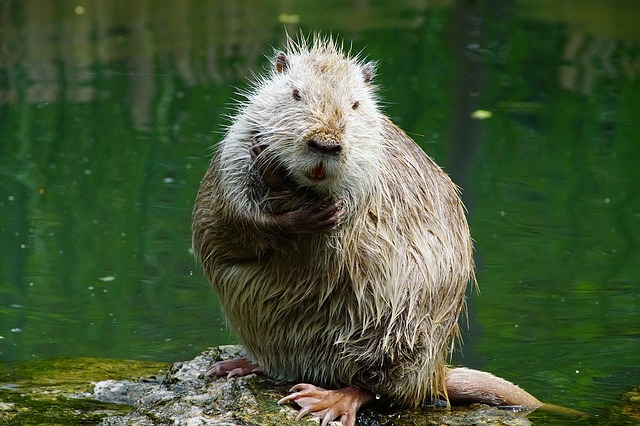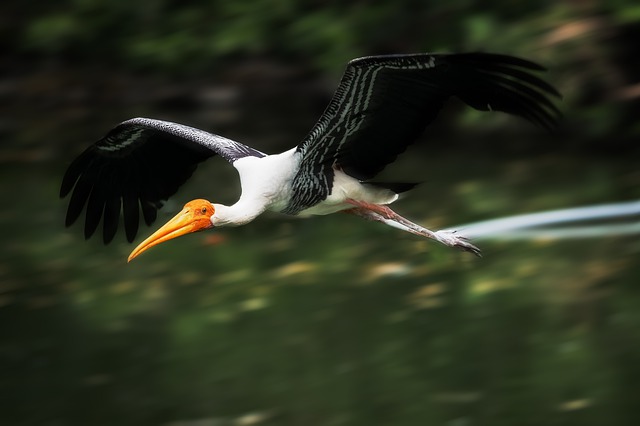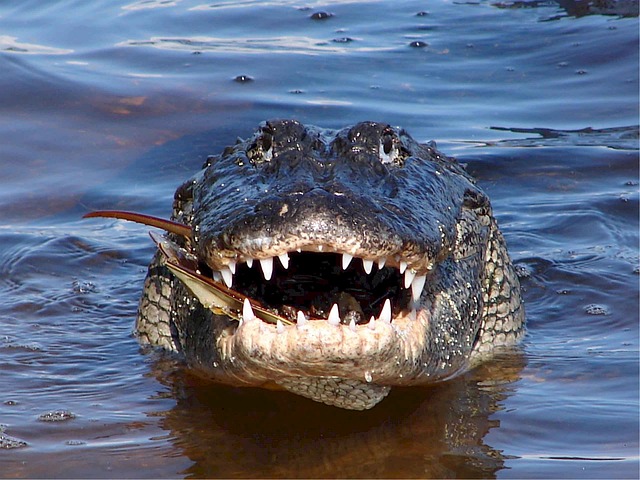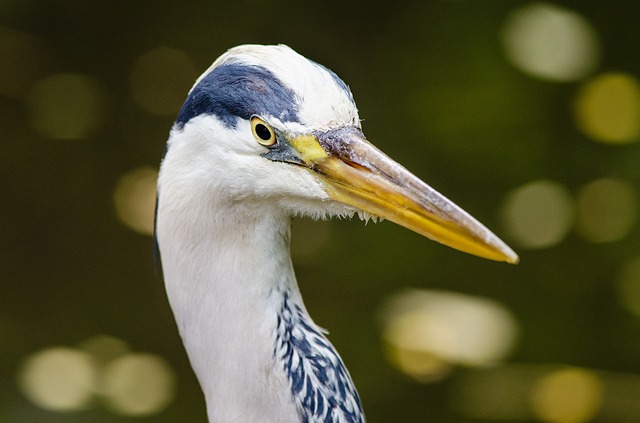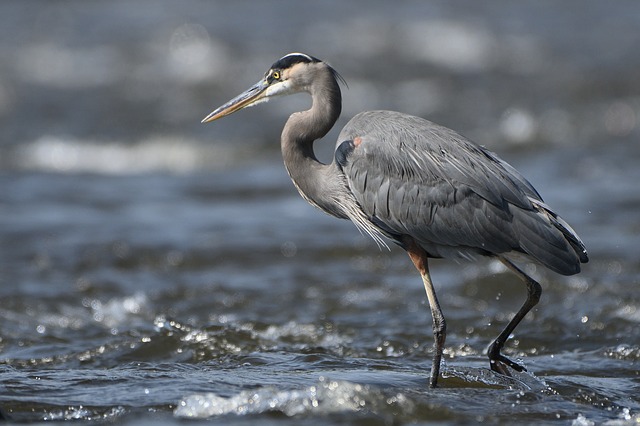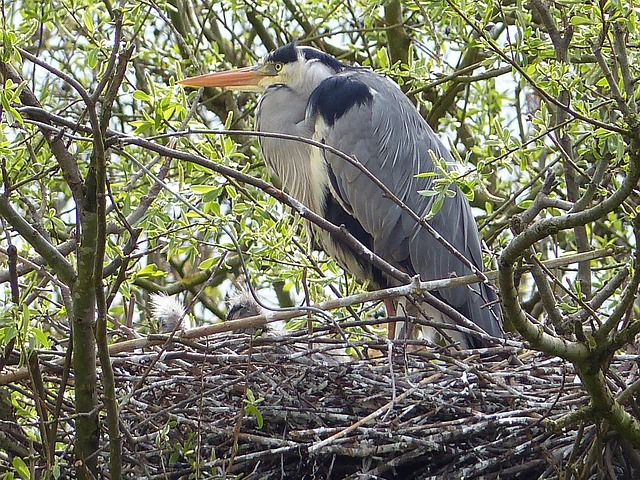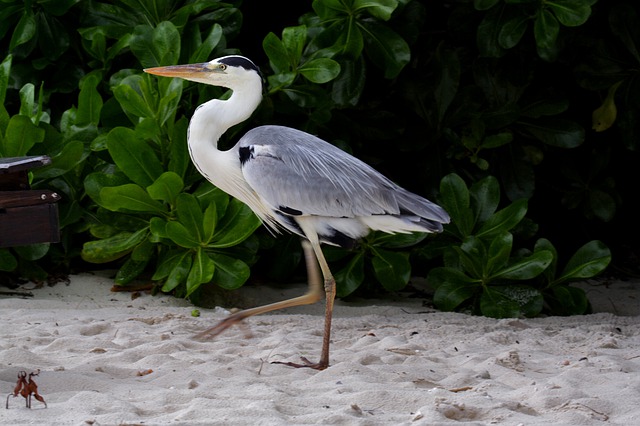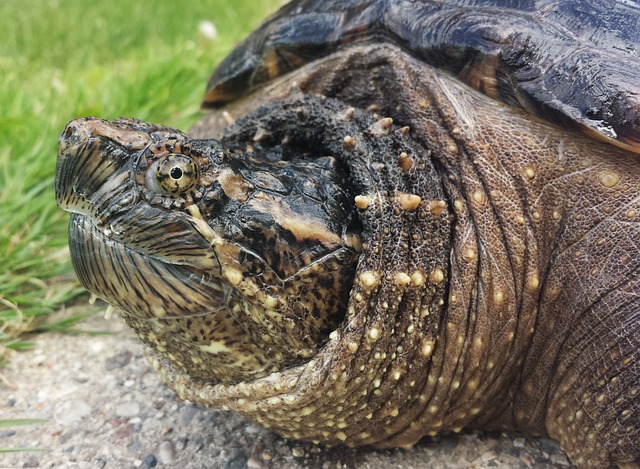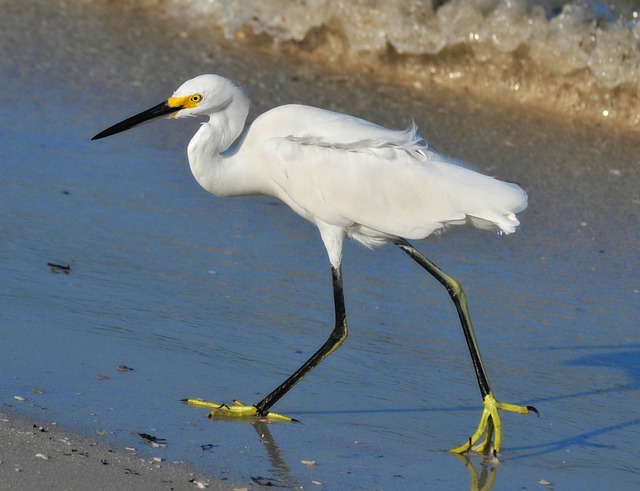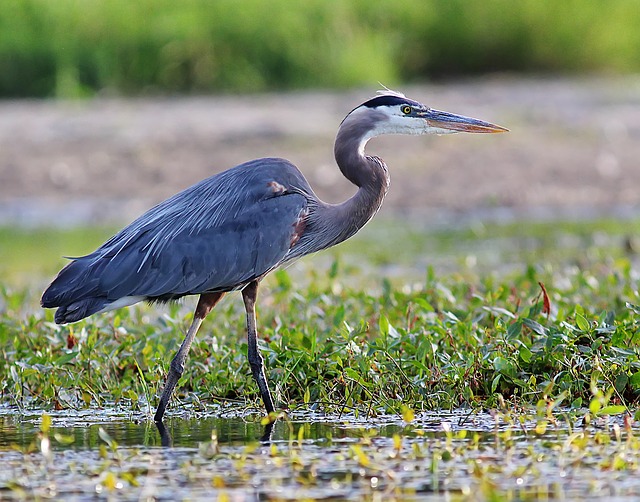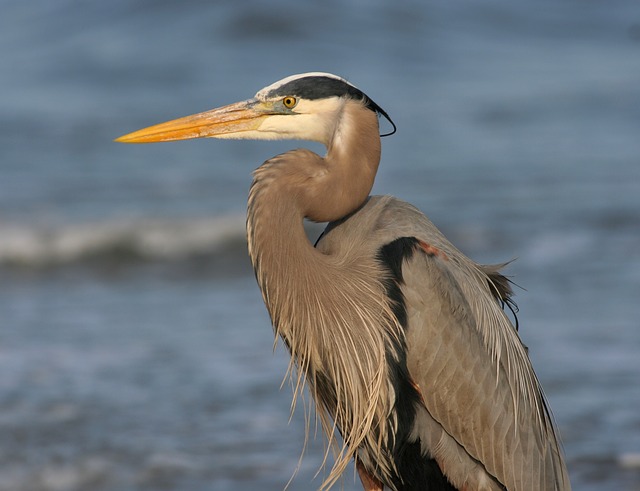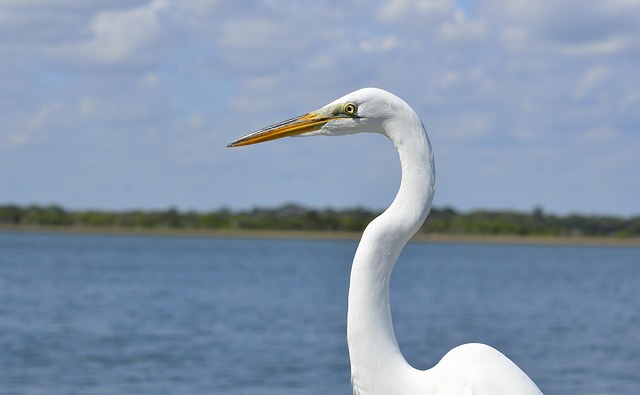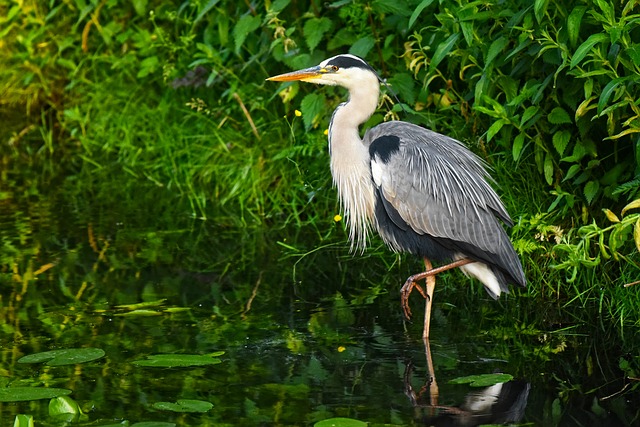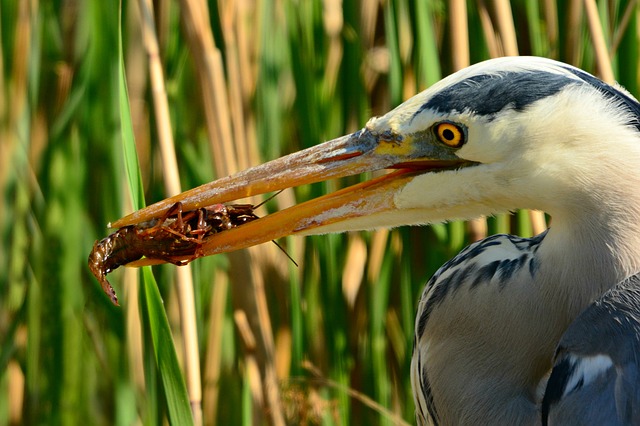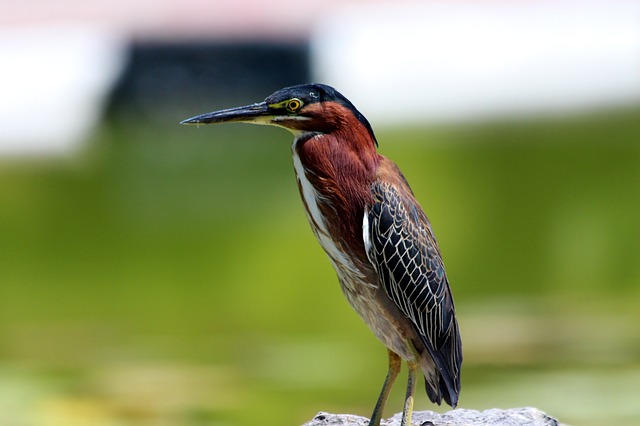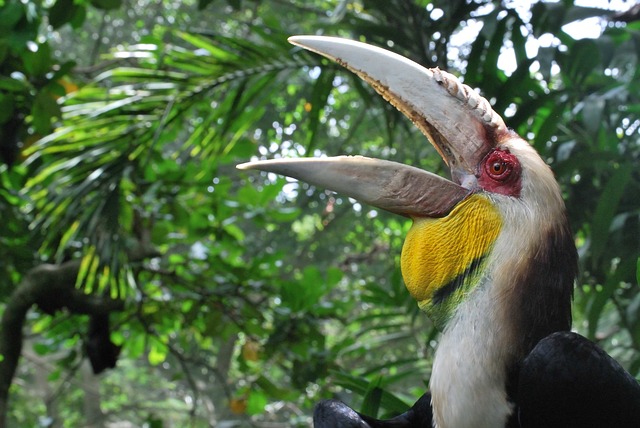
There is an enormous variety of bird species on the planet. And while many have stunning colors or plumage, there are only a handful of birds with huge beaks. The following birds have some of the largest beaks on the planet.
Toucan
Toucans can have beaks that are as long as their entire bodies and four times the size of their heads. However, despite its huge size, a toucan’s beak is actually quite lightweight. That’s because it’s hollow. Its extreme length helps the toucan to reach tasty fruit on high-up branches and get into the cavities of trees to steal eggs from other birds.
Spoonbill
The spoonbill has a large and flat beak that’s totally unique. It looks like a long spoon! It sweeps its oddly-shaped beak from side to side under the water to catch its food, small aquatic creatures. These wading birds are hard to mistake for any other type of bird once you’ve seen their distinctive beak. However, the roseate spoonbill can sometimes be confused for the flamingo from a distance because of its similar body type and pink color.
Hornbill
While the many different species of hornbills vary in size, they are all birds with huge beaks that have a downward curve. Their beaks can also be quite colorful. Some hornbill species also have a casque, which looks similar to a horn on the upper portion of their beak that makes it even larger in size. With the exception of the helmeted hornbill that has a solid casque, most casques are hollow and actually light in weight.
Shoebill
The shoebill gets its name from its most distinguishing feature, its gigantic shoe-shaped beak (also sometimes called a bill). Its beak has sharp edges which help this tall prehistoric looking bird to decapitate its prey. These edges also serve to get rid of any debris or vegetation which may have been accidentally scooped up when striking the prey. While it may look like a stork, this huge-beaked bird is actually related to the pelican.
Pelican
It’s hard to mistake the pelican for any other type of bird. That’s because attached to its beak it has a large throat pouch that is used to scoop up fish. One of the biggest pelican species of all is the great white pelican. It can be distinguished by its huge pink and yellow beak, pale yellow pouch, and pure white plumage.
Marabou Stork
Many stork species have large or even extra-large beaks. The size and shape of their beak depend on their diet. Marabou storks are scavengers. They are tall birds with huge beaks that they use to tear the meat off of animal carcasses. Like vultures, marabou storks have featherless heads which help to keep them clean when eating rotting flesh.
Ibis
The ibis is closely related to both storks and spoonbills. Its beak is quite long and curves downward. This helps the ibis to probe the mud for food such as crustaceans, bugs, worms, and fish. The inside of the beak is so sensitive that it can identify food items without actually seeing them.
Steller’s Sea Eagle
The enormous body size, extra-large beak, and long curved talons of the Steller’s sea eagle make it quite a scary-looking bird. Luckily it mainly feeds on fish and sometimes water birds. However, it is known to hunt the occasional fox or even small dog as well. The robust yellow beak of the Steller’s sea eagle is actually the largest beak of all the eagle species.
Flamingo
You’ll often see this pink bird standing on one leg with the other leg tucked under its body. The flamingo is a wading bird that uses its wide yet flat beak to both catch food and also filters out water, silt, and mud. Because it feeds with its head upside down the structure of the beak is the opposite of most birds: it has a huge lower beak and a small upper beak.
Hyacinth Macaw
The hyacinth macaw is the largest of all macaw species and the largest parrot in the world by length. These are gorgeous birds with huge beaks and striking blue plumage. They are totally blue except for a yellow ring around the eye and a yellow area underneath the beak. Their large and powerful beaks help them to crush seeds and nuts and are even strong enough to crack coconuts.
Start Shopping for Birding Supplies!
Raccoon Pictures
Raccoons are easily recognizable by their black face mask and ringed tail. And there are many fascinating things about this intelligent nocturnal species. So we’ve compiled some of the best raccoon pictures to show you just how amazing and unique they are. Raccoon...
Eagle Pictures
Eagles are large powerful raptors with sharp talons and beaks. These apex predators are typically at top of the food chain and there are many interesting things about them. So we’ve compiled some of the best eagle pictures to show you just how amazing they are. Bald...
Nutria Pictures
Nutria are large semi-aquatic rodents from South America. In the United States where they were originally imported for the fur industry, they are an invasive species. Despite their pest status, there are many interesting things about them. So here are some of the best...
Stork Pictures
Storks are tall wading birds with long legs and necks. These amazing birds have many fascinating things about them. And we’ve compiled some of the top stork pictures to help show you just how interesting and beautiful they are. White Stork The white stork has a body...
Alligator Pictures
The American alligator is a large predatory reptile that inhabits the southeastern United States. It’s a fascinating animal with many interesting things about it. And we’ve collected some of the best alligator pictures to help show you just how amazing they are....
How Long Do Great Blue Herons Live?
The life expectancy of birds is known to be closely related to their size. So as the biggest heron species in North America, how long do great blue herons live? The average life expectancy for these large birds is around fifteen years. However, surviving their first...
Where Do Great Blue Herons Live?
The great blue heron is considered to be the most widespread heron in North America. So exactly where do great blue herons live? Here’s what you’ll want to know. Great Blue Heron Range The great blue heron is found throughout most of the North American continent. In...
Where Do Great Blue Herons Nest?
While many of us have seen great blue herons their nesting habits often remain a mystery to most people. That’s because they purposely nest in hard-to-reach places. So where do great blue herons nest? Here’s the answer. A Colony Nester Typically great blue herons nest...
Do Great Blue Herons Migrate?
Do great blue herons migrate? This is something many people wonder about, especially if they’ve seen a heron during the cold winter months. And the answer is both yes and no. Here’s what you’ll want to know. Great Blue Heron Range The great blue heron has a large...
Great Blue Heron Pictures
Few species of birds are as tall, elegant, and attractive as the great blue heron. So we’ve compiled some of the best great blue heron pictures for you to admire and help you to learn more about this amazing bird! Great Blue Heron Head The head of the great blue heron...
What Do Snapping Turtles Eat?
Many people are familiar with the fact that snapping turtles have an incredibly strong bite. They use their strong jaws and sharp beak not just for defense but also for catching food. So what do snapping turtles eat? Here's what you'll want to know. Snapping turtles...
Birds That Look Like Egrets
Egrets are predatory birds that hunt and live in a range of both freshwater and saltwater habitats. These birds are usually white, and have S-shaped necks, long legs, and dagger-like beaks. However, they are often mistaken for several other types of birds that look...
Birds That Look Like Storks
Storks are large wading birds with robust bills and long legs. These tall carnivorous birds are well-known for their wide wingspans and also for building huge nests. However, they are often confused with several other bird types that have a similar appearance. So...
Birds That Look Like Herons
Herons are tall birds with long slender legs and necks. And they often wade in the water when hunting for food. Yet there are several other types of birds that may be mistaken for them. To make things more confusing many of these birds also spend time in the water and...
Great Blue Heron Facts
The great blue heron is named for its size and the grey-blue color on its wings, stomach, and back. This species has many fascinating things about it. So here are the top great blue heron facts. It's The Largest North American Heron The great blue heron is a big bird...
Are There White Herons?
Are there white herons? This is something many people wonder especially after seeing a tall all-white bird. The answer is yes! And here’s a fast introduction to them. A White Color Morph Most people are familiar with the great blue heron, a large predatory and...
Great White Heron Facts
While many people are familiar with the great blue heron, they are often surprised to find out that there’s also a great white heron. There are many things you’ll want to know about this stunning bird. So here are the top great white heron facts. The Great White Heron...
What Animals Eat Herons?
Because of their size and long sharp beaks, it can be hard to imagine that herons have any natural predators. While they do, they definitely don’t have nearly as many predators as most other types of birds. So what animals eat herons? Predators Of Adult Herons For...
What Do Herons Eat?
Great blue herons are often seen slowly wading in shallow water hunting for food. You may have even spotted one of these large birds in your own backyard pond. This leaves many people wondering: “What do great blue herons eat?” And here’s everything you’ll need to...
What Do Green Herons Eat?
The green heron is a secretive and small heron species. What it lacks in size however it makes up for in intelligence. It is particularly well-known for how it uses its smarts when hunting for food. So what do green herons eat? Read on to find out. Meet The Green...

